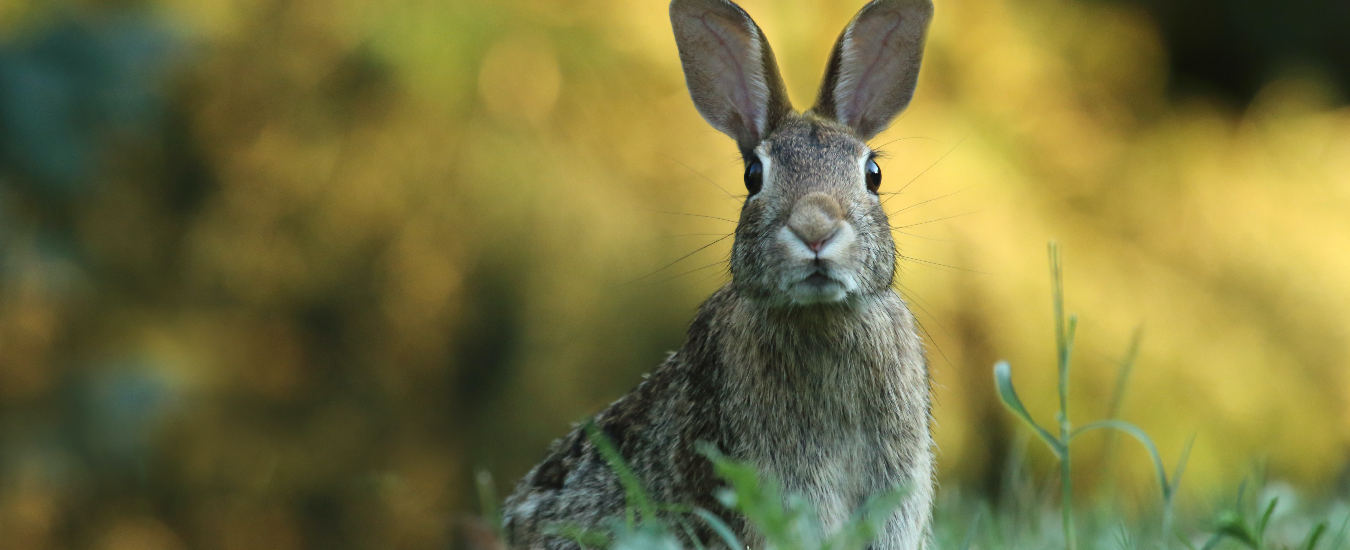Weekday: 8:30am to 6:00pm | Saturday: Closed Sunday: Closed
Weekday: 8:30am to 6:00pm (open until 8pm Tuesday & Thursday) | Saturday: 9am to 2pm | Sunday: 9am to 12pm
The world has adjusted to COVID-19. As it struggled to control the spread of infection and find a way forward by developing a vaccine, I could not help but to consider parallels we have seen over the years in our pets, in particular rabbits.
We have managed what were common diseases across the world, ultimately controlling them by using vaccines. Vaccinations have proved an effective and safe way to do so. And many once-common fatal diseases are now rarely seen in veterinary practice. Interestingly, one of the most commonly troubling diseases in our pets, are found in rabbits.
Rabbits are the third most popular pet in the United Kingdom. The levels of vaccination uptake, however, are relatively low. Additionally, we have a population of wild rabbits giving a disease risk, especially in rural areas.
Myxomatosis is a common disease in wild rabbits, caused by a virus spread by biting insects including fleas and leads to severe skin and respiratory signs. Myxomatosis first broke out in the UK in 1953. It is widespread throughout the UK and has a higher seasonal prevalence in late summer, autumn and early winter. We see myxomatosis in pet rabbits sporadically, with cases becoming severely debilitated over many days. Occasionally rabbits may survive with prolonged nursing but usually are euthanased to avoid further suffering.

Viral Haemorrhagic disease is another fatal rabbit disease. First discovered in China in the 1980’s, it arrived in the UK in 1992. A policy of isolation of affected premises to prevent the spread of disease was briefly introduced (a “Rabbit lockdown”) and I had clients around Yeovil who had official restrictions placed on their rabbits. This was stopped when the disease became established in wild rabbits and a vaccine was developed. The virus is transmitted through direct contact or on items such as bedding, hay and clothing. It can be transmitted via insects and birds may also play a part in the spread of the virus. Rabbits that contract the virus may show signs such as respiratory distress, fever, reduced appetite, lethargy, convulsions and bleeding from the nose before dying. Usually the disease progression is so rapid the pet rabbits are found dead before such signs are noticed.
In recent years a new strain of this virus (VHD2) has spread across Europe, first identified in the UK in 2014 it has been responsible for the deaths of rabbits across the country. VHD2 sadly often results in sudden death so consequently the real incidence is unknown, especially as most cases are suspected rather than confirmed with tests. This summer I have heard more reports of unexpected deaths, often in multiple rabbits, and I am seeing noticeably fewer wild rabbits in the fields near my home, making me believe this disease is increasing locally.
Quarantine, isolation and regular disinfection of hutches and utensils might help, but the most effective way to prevent these diseases is to vaccinate rabbits as young as possible and give annual boosters to maintain their protection from these devastating diseases.
Please contact your vets for more advice on vaccinations.
Words by Peter Luscombe BVSc GPCert(Derm) MRCVS for The Sherborne Times.
| Cookie | Duration | Description |
|---|---|---|
| cookielawinfo-checkbox-analytics | 11 months | This cookie is set by GDPR Cookie Consent plugin. The cookie is used to store the user consent for the cookies in the category "Analytics". |
| cookielawinfo-checkbox-functional | 11 months | The cookie is set by GDPR cookie consent to record the user consent for the cookies in the category "Functional". |
| cookielawinfo-checkbox-necessary | 11 months | This cookie is set by GDPR Cookie Consent plugin. The cookies is used to store the user consent for the cookies in the category "Necessary". |
| cookielawinfo-checkbox-others | 11 months | This cookie is set by GDPR Cookie Consent plugin. The cookie is used to store the user consent for the cookies in the category "Other. |
| cookielawinfo-checkbox-performance | 11 months | This cookie is set by GDPR Cookie Consent plugin. The cookie is used to store the user consent for the cookies in the category "Performance". |
| viewed_cookie_policy | 11 months | The cookie is set by the GDPR Cookie Consent plugin and is used to store whether or not user has consented to the use of cookies. It does not store any personal data. |